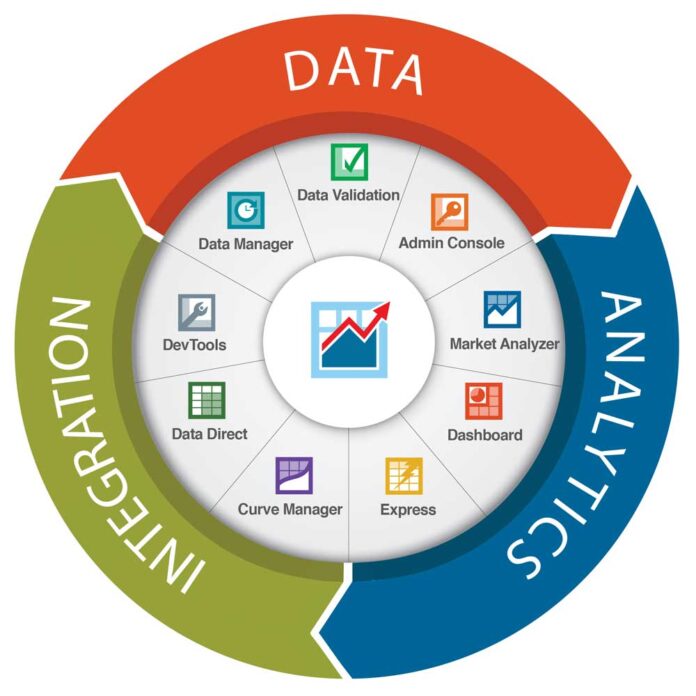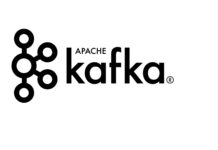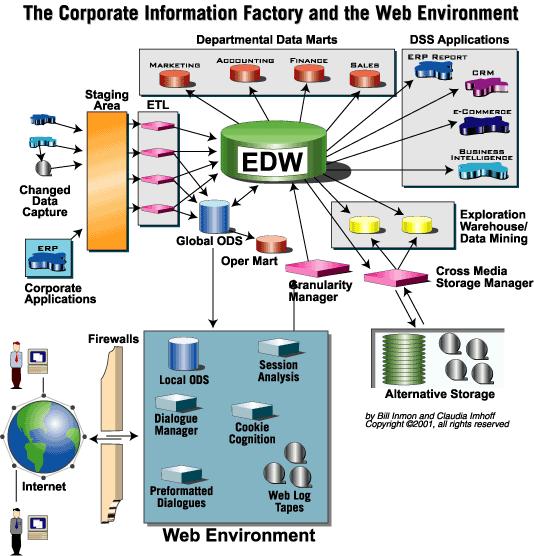Setting up security for data products that cover different data domains and have varying risk classification profiles requires a comprehensive approach. Here are some best practices to ensure robust security:
1. Data Classification and Segmentation
- Classify Data: Identify and classify data based on its sensitivity and risk profile (e.g., Public, Internal, Confidential, Highly Sensitive).
- Segmentation: Segment data based on its classification. Sensitive data should be stored separately from less sensitive data, with appropriate access controls applied to each segment.
2. Attribute-Based Access Control (ABAC)
- Use ABAC: Implement Attribute-Based Access Control to manage access to data based on user attributes (e.g., role, department), data attributes (e.g., classification level), and contextual attributes (e.g., time of access, location).
- Dynamic Policies: Ensure access control policies are dynamic and can adapt to changes in data attributes or user profiles without requiring manual updates. This will apply dynamic row-level restrictions on users as needed.
3. Encryption and Data Masking
- Encryption: Encrypt data at rest and in transit, especially for sensitive and classified information. Use strong encryption standards (e.g., AES-256).
- Data Masking: When users with lower clearance levels access non-essential sensitive data, data masking techniques reveal only the necessary information.
3.1 Dynamic Data Masking
- Implement Dynamic Data Masking: Use dynamic data masking techniques to obfuscate sensitive data in real-time, based on the user’s role or attribute. This allows users to access the table without exposing sensitive information they are not authorized to see.
4. Data Minimization and Anonymization
- Data Minimization: Collect and store only the data necessary for the data product. This reduces the risk of sensitive data exposure.
- Anonymization: Where possible, anonymize data to reduce the risk of re-identification, especially when dealing with Personally Identifiable Information (PII).
4.1 Column-Level Security
- Apply Column-Level Access Controls: Implement access controls at the column level to ensure that users can only access data for which they have appropriate clearance. This can be done using Attribute-Based Access Control (ABAC) or Role-Based Access Control (RBAC).
- Masking or Encryption: For sensitive columns, consider applying data masking (e.g., showing only the last four digits of a Social Security number) or encryption to protect the data from unauthorized access.
4.2 Data Views and Subsets
- Create Secure Views: Instead of exposing the entire table, create database views that expose only the necessary columns for specific user roles or use cases. Views can be tailored to include only the data that a particular group of users is authorized to see.
- Data Subsetting: In some cases, creating separate tables or subsets containing only the data necessary for specific use cases may be beneficial, minimizing the exposure of high-risk data.
4.3 Other Data Minimization Techniques
- Limit Data Exposure: Minimize the amount of sensitive data included in the data product by removing instead of redacting columns that are not essential for its intended purpose.
- Aggregate Data: Where possible, aggregate data to reduce granularity, thereby lowering the risk associated with individual data points (e.g., summarizing data rather than showing detailed individual records).
5. Role-Based Access Control (RBAC) with Least Privilege
- RBAC Integration: Use RBAC to define and manage roles, ensuring users have the minimum necessary access based on their job function.
- Least Privilege Principle: Enforce the least privilege principle, ensuring that users can only access the data they need to perform their duties and nothing more.
6. Audit and Monitoring
- Logging and Auditing: Implement comprehensive logging and auditing to track access to data products, changes to data, and user activities. Ensure logs are securely stored and regularly reviewed.
- Real-Time Monitoring: Use real-time monitoring tools to detect and respond to suspicious activities or unauthorized access attempts.
7. Data Governance and Policy Management
- Data Governance Framework: Establish a framework defining policies, procedures, and roles for managing data across data domains and risk profiles.
- Policy Management: Regularly review and update data security policies to reflect changes in data domains, risk classifications, and regulatory requirements.
8. Compliance and Regulatory Adherence
- Regulatory Compliance: Based on the data domains and jurisdictions involved, ensure that data security measures comply with relevant regulations (e.g., GDPR, HIPAA, CCPA).
- Regular Audits: Conduct calendared compliance audits to ensure data security practices meet regulatory and organizational standards.
9. Security Awareness and Training
- Employee Training: Provide regular security awareness training to employees, emphasizing the importance of data protection and the specific security measures for different data domains.
- Access Control Awareness: Educate users on the importance of following access control policies and the implications of accessing or handling data improperly.
10. Incident Response and Data Breach Management
- Incident Response Plan: Develop and maintain an incident response plan tailored to the sensitivity and classification of the data involved in data breaches.
- Data Breach Management: Implement procedures for quickly identifying, containing, and mitigating data breaches, including notification protocols for affected parties and regulatory bodies.
11. Data Stewardship and Ownership
- Assign Data Stewards: Assign data stewards for each data domain responsible for overseeing data security, compliance, and access control within their domain.
- Clear Ownership: Ensure clear ownership and accountability for data products, with defined responsibilities for data protection and risk management.
By integrating these best practices into your security strategy, you can create a robust and flexible security framework that accommodates the diverse needs of different data domains and risk profiles while ensuring compliance and minimizing the risk of data breaches.









